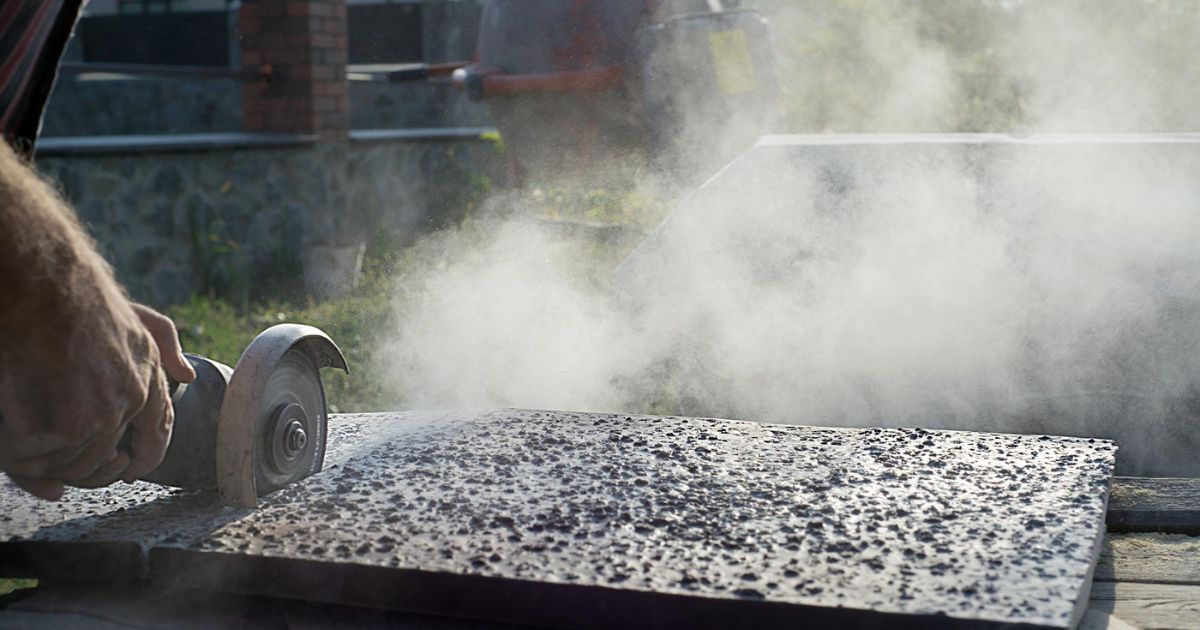

Amidst the climatic tumult and escalating pollution concerns, juxtaposed with the rapid depletion of fossil fuel reserves, the pivot towards alternative energy sources has garnered unprecedented momentum. The conundrum of sustaining the global energy appetite, both in the present and the foreseeable future, has instigated a seismic shift from conventional fuel reservoirs to renewable energy founts, notably batteries. The evolutionary trajectory of the battery industry has been characterized by an unwavering pursuit of meeting energy requirements with benchmarks such as prolonged battery life and expansive energy storage capabilities. An emblematic leap in this domain is the advent of lithium-ion batteries, propelled primarily by the soaring adoption of electric vehicles for transportation purposes.
Spherical graphite, an esoteric technology, emerges as a linchpin in the ongoing energy storage revolution, catalyzing the performance of lithium-ion batteries. Its paramount utility lies in serving as a battery anode material in the realm of lithium-ion batteries, a domain witnessing burgeoning demand. The appetite for battery anode material is burgeoning in tandem with the upswing in demand for lithium-ion batteries.
This unique breed of graphite manifests in two forms – synthetic graphite and natural spherical graphite. Traditionally, synthetic spherical graphite held sway as the battery anode material, but the scales are tipping towards its natural counterpart. The latter, not only cost-effective but also boasting a minimal carbon footprint, is gaining consumer favor. Although still in its nascent stages, the efficient utilization of natural spherical graphite remains an arena yet to be mastered by producers. Nonetheless, its appeal lies in being both cost-effective and environmentally amicable.
China presently stands as the juggernaut in both the production and consumption of spherical graphite. Government policies, acting as both propellants and deterrents, have influenced the trajectory of the spherical graphite market within China. Environmental regulations, aimed at curbing pollution, have compelled factories to curtail production, while the promotion of electric vehicles and lithium-ion batteries for transportation purposes has steered a renaissance in road transport. This dynamic interplay has reshaped the supply and demand dynamics within China, prompting a contemplative gaze towards the growth trajectories of other regions in the spherical graphite market.
The advent of giga-factories has injected fresh impetus into the growth of spherical graphite. These forthcoming giga-factories are slated to sustain a constant demand for battery anode materials, enticing several stakeholders to invest in spherical graphite production.
Market dynamics reveal a complex interplay of factors steering the spherical graphite market. On the one hand, drivers such as the emergence of giga-factories, regulatory advocacy for electric vehicles, and an impetus towards enhanced fuel economy propel market growth. Conversely, environmental hazards associated with spherical graphite and the high production costs of synthetic spherical graphite pose significant restraints.
The surge in demand for lithium-ion batteries, particularly driven by the development of giga-factories, is poised to propel market growth. Analyzing the market by type reveals a shifting landscape. Natural spherical graphite, buoyed by its cost-effectiveness, is projected to dominate in terms of volume. The applications of spherical graphite span consumer electronics, transportation batteries, and energy storage.
Regionally, the Asia-Pacific region takes the lead, capturing the highest share in 2017 in both value and volume. Forecasts indicate that this region, trailed by North America and Europe, will exhibit the fastest growth during the forecast period. The burgeoning giga-factories for lithium-ion batteries are identified as pivotal catalysts for accelerated growth in these regions.
The consumption of spherical graphite in the U.S. is driven by the giga-factory established by Tesla and Panasonic for lithium-ion battery production. Despite the relatively higher cost, synthetic spherical graphite retains preference over its natural counterpart for transportation batteries, contributing to the U.S. dominance in market value. China, the U.S., and Hungary are anticipated to witness rapid growth, propelled by giga-factory setups for lithium-ion battery production.
A nuanced competitive landscape unfolds as key market players deploy varied strategies to assert dominance. Collaborations, acquisitions, introduction of new products, and improvement of existing offerings constitute the playbook of industry leaders. Battery Minerals Limited, in tandem with various institutions and organizations, has been pivotal in advancing the development and commercialization of spherical graphite. Partnerships and memoranda of understanding have been instrumental in facilitating the production of spherical graphite.
In essence, the spherical graphite market stands as a realm ripe with growth opportunities, underpinned by the burgeoning demand for lithium-ion batteries. A discernible shift towards natural spherical graphite outside of China presents a strategic opening for global companies to pioneer new technologies and stake their claim in this burgeoning market. The journey ahead, marked by increased adoption of electric vehicles and ongoing efforts to reduce purification process costs, promises a trajectory of sustained growth for the spherical graphite market.